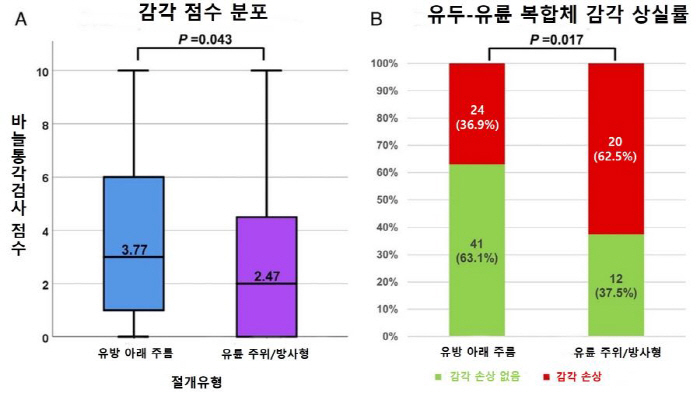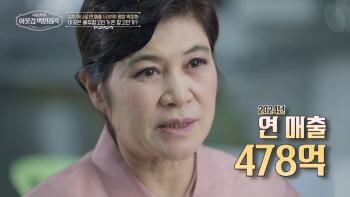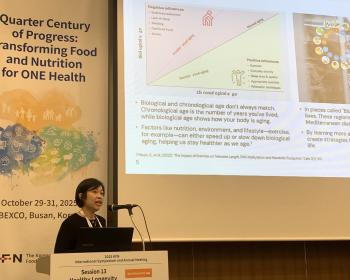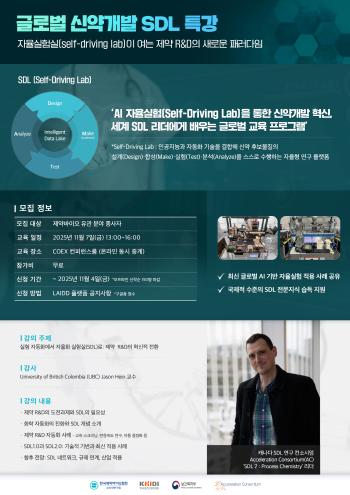Breast cancer patient loses 1.69x sensory loss during perioral radial incision
Feb 28, 2025
|
In the past, breast preprocessing was performed to prevent recurrence, but recently, nipple-sparing mastectomy (NSM) is also used to maximize the nipple-collapse complex to improve the cosmetic satisfaction and quality of life felt by patients.
In addition to cosmetic satisfaction, the era of sophisticated breast cancer treatment has opened, examining whether the skin sensation is restored according to the surgery method. As a result of a domestic researcher's investigation of the patients with papillary preserved mastectomy for loss of sensation, it was found that the radial incision around the wheel causes about 1.69 times more loss of sensation than the incision of the underbelly wrinkles.
A team led by Professor Jeong Joon and Kook Yoon-won of breast surgery at Yonsei University's Gangnam Severance Hospital began a study based on the fact that the degree of sensory recovery of the nipple-collapse complex varies depending on the method of performing a nipple-collapse mastectomy, which is highly satisfactory for patients because it can maintain a natural breast appearance after breast cancer treatment.
The research team selected 97 subjects who met the conditions among those who underwent papillary-preserving mastectomy at the breast surgery at Gangnam Severance Hospital from October 2019 to November 2021. Of the 97 patients, 65 had an incision along the under-belly fold (IMF), and 32 had a radial incision around the ring.
The research team used a pin pick test to confirm the degree of sensory recovery of the nipple-collapse complex. After dividing the nipple and the wheel into a total of five zones, the degree to which pain was felt in each zone was expressed on a three-point Likert scale (0 point-no sensation, 1 point-dull feeling, 2 points-sharp feeling). The research team treated less than 3 out of a total of 10 as a nipple-collapse complex sensory loss.
As a result of the study, the average score for sensory recovery of the submammal incision group was 3.77±3.11 points. It was analyzed to be significantly higher when compared to the mean recording score of 2.47±2.51 of the perioral radial incision group (P=0.043).
The results of examining the sensory loss situation with a total score of less than 3 points were also reported. The peri-uricular radial incision group recorded 62.5% and the peri-mammal fold incision group recorded 36.9%, respectively, confirming that the peri-uricular radial incision group was about 1.69 times more likely to lose sensation (P=0.017).
Professor Jeong Joon, who led the study, said "This paper is significant in that it has been found that the method applied when performing nipple-preserving mastectomy affects the sensory recovery of the nipple-rape complex. In addition to the fundamental treatment objectives of treating breast cancer and preventing recurrence, we hope that it will help improve patient satisfaction and quality of life after treatment." The findings were published in the latest issue of the prestigious SCI journal 'International Journal of Surgery'.
|
This article was translated by Naver AI translator.















